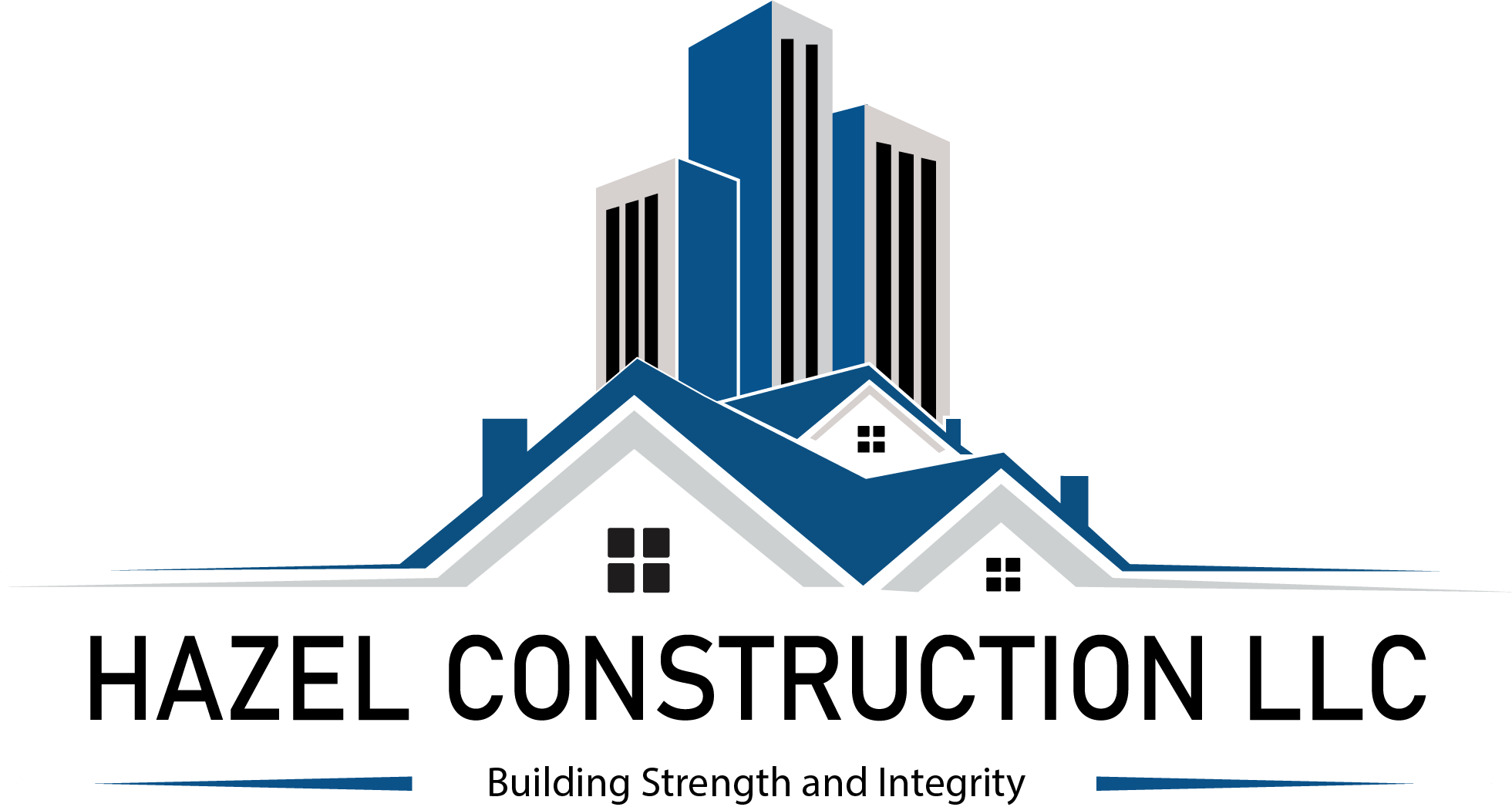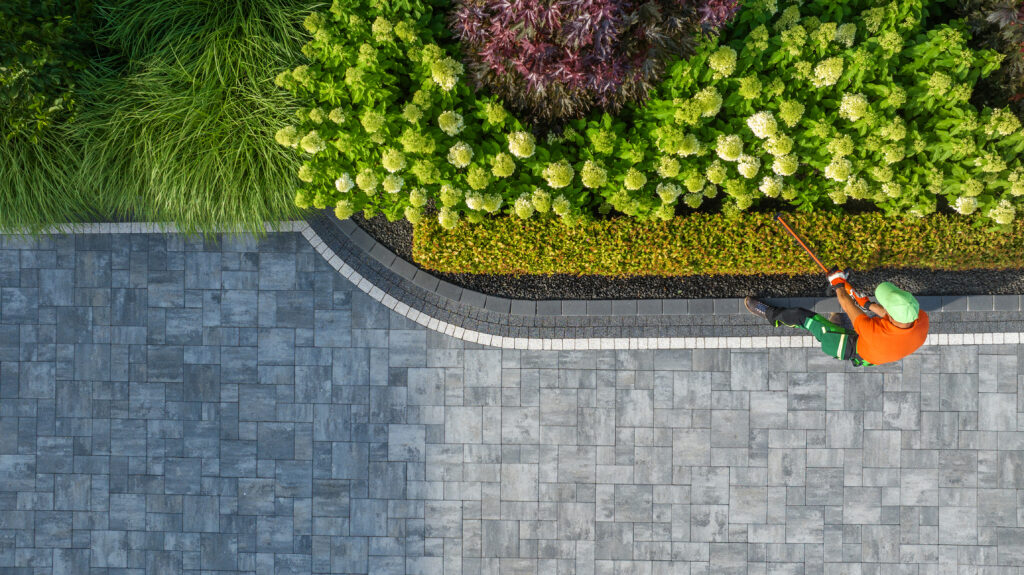Choosing between pavers vs. concrete can be a pivotal decision that can impart your home a distinctive character. Both have their pros and cons, with natural stone pavers offering superior durability and enhanced aesthetic appeal, while concrete offers affordability and low maintenance. Pavers are more resistant to cracking and can be an environmentally friendly option. Concrete can mimic natural stone and has a faster installation time. The best hardscape choice depends on your budget, desired design, and priorities for durability versus upfront affordability.
Making Waves in Hardscaping: A Dynamic Debate Between Pavers and Concrete
Want to transform your backyard and turn it into a well-defined, attractive, and functional area? If you’re indecisive between pavers vs. concrete for your driveways, walkways, or patio, know that they can both give your hardscape a solid foundation, but a few factors set them apart. Pavers offer superior flexibility and durability, while concrete is an affordable option with limited design options. When researching hardscaping options, focus on elements that would add beauty and utility to your home, complementing your home’s style and function.
| Fast Fact According to the Cognitive Market Research, North America holds the major market share of more than 40% of the global pavers industry, with a market size of $6783.4 million in 2024, and will grow at a CAGR of 3.4% from 2024 to 2031. |
Here is a breakdown of the key differences between pavers vs concrete in the battle for outdoor aesthetics.
Durability and Longevity: Pavers vs Concrete
Pavers are more durable due to their smaller size and can last for decades because their interlocking structure allows for natural expansion and contraction, preventing cracks.
Concrete, poured as a single solid slab, is prone to cracking and shifting, resulting in cracks and other types of damage.
Maintenance and Aesthetic Appeal: Pavers vs Concrete
Maintenance and repairs are easy when it comes to pavers. When one piece does show signs of damage, it can be easily replaced. Pavers also offer a wide variety of design options and can significantly enhance a home’s curb appeal and value.
Concrete surfaces can be more difficult to repair, and decorative finishes like stains can fade over time. However, they are low-maintenance and are available in various colors and finishes. Techniques like concrete stenciling and stamping, and pebblecrete pavers can make concrete resemble pavers.
Weather-resistance: Pavers vs Concrete
Pavers offer superior weather-resistance compared to monolithic concrete slabs because their individual units can flex and expand with temperature changes, preventing cracking. The joints reduce puddling. Concrete, while it is resistant to rot, is prone to freeze-thaw damage and can crack from soil movements.
Environmental Impact: Pavers vs Concrete
Pavers are generally more environmentally friendly because they can be made to be permeable, recharging groundwater and reducing runoff and the urban heat island effect.
The concrete production process is energy-intensive and has a significant carbon footprint. Traditional concrete is impermeable and can worsen stormwater issues.
| Did you know? Permeable pavers are made from sustainable materials and actively designed to enhance drainage and reduce the risk of flooding. |
Safety and Installation: Pavers vs Concrete
Pavers provide better slip-resistance and drainage with some permeable options, further enhancing eco-friendliness, whereas a smooth concrete finish can be slippery. Pavers require more installation time, since they are installed individually, and are prone to weed growth between the joints.
Concrete is quick and easy to install since all poured at once, although you need to let it fully cure and dry before using it.
Cost Factor: Pavers vs Concrete
Concrete is cheaper to install, costing around $4 to $15 per square foot, compared to $10 to $50 per square foot for pavers, which require more materials and labor.
What Should You Choose
Pavers are best for areas with a ground that’s prone to shifting and for homeowners with a more flexible budget. Choose pavers if you prioritize long-term durability, easy repairs, a wide range of design options, and are willing to accept a higher initial cost.
Concrete is good for large areas like driveways and for homeowners on a budget. If you need a more affordable and faster solution for the short term, and have a simpler design in mind.
Conclusion
Pavers are made of stone, brick, or clay and are available in a range of sizes that can be fitted together to create a customized look. The need for easy-to-maintain and visually customizable pavement solutions has made interlocking concrete pavers a go-to option across public and private sectors. The best hardscape choice depends on your budget, desired design, and whether you prioritize long-term durability vs. affordability.
FAQs
What is the trend in pavers in 2025?
Large format and oversized pavers are trending in 2025 for backyards, offering sleek lines and minimal joints and creating a more spacious and streamlined appearance.
What is the trend in concrete in 2025?
In 2025, rich earth-toned colors such as browns, clay tones, and warm greys are being used to soften the look of concrete and create a cozy, natural feel that blends seamlessly with hardscaping.
What is the lifespan of pavers?
Natural stone pavers can last from 50 to 100+ years, while the average lifespan of concrete pavers is between 20 to 40 years.

